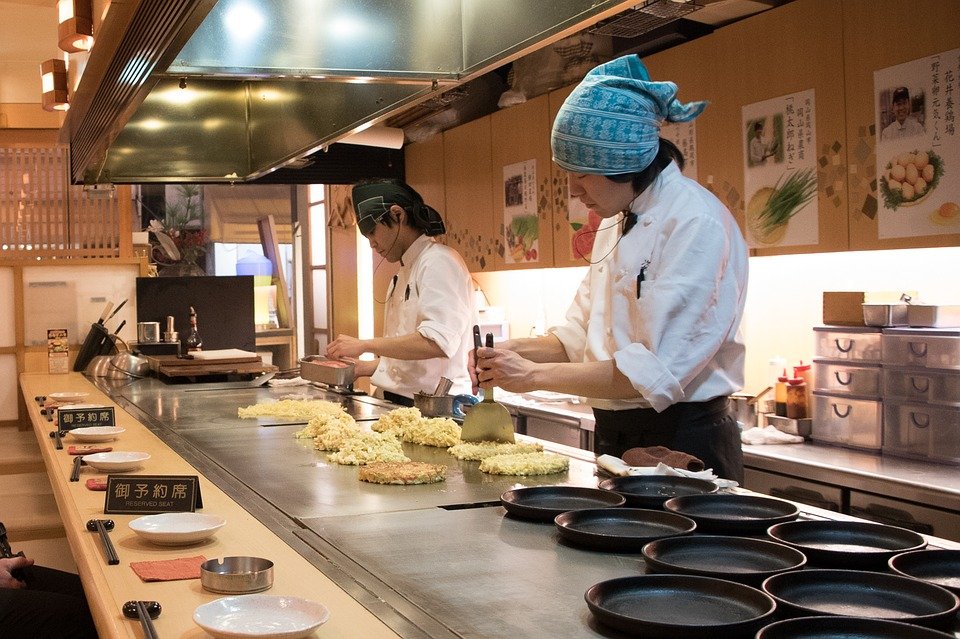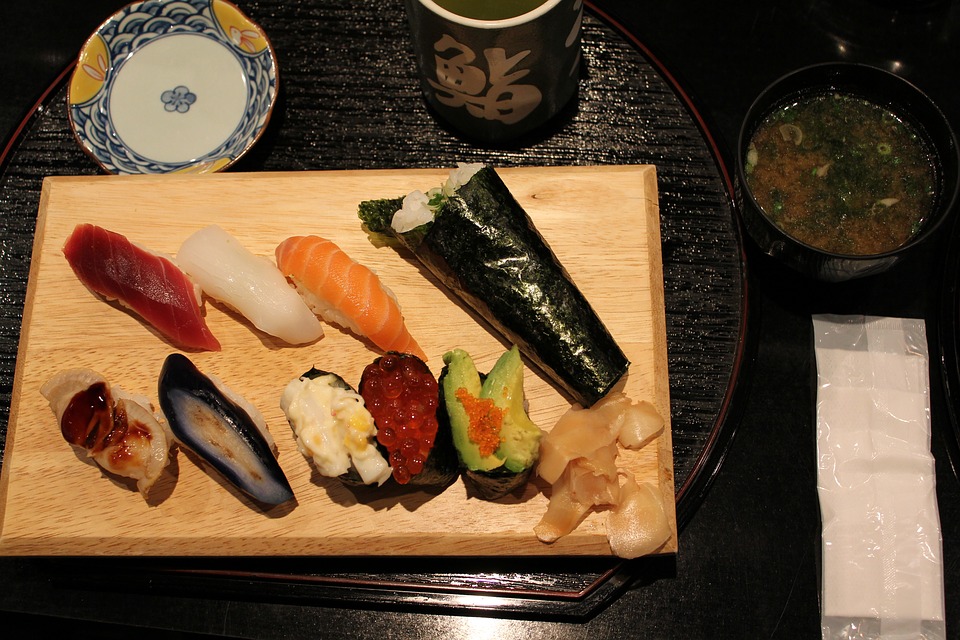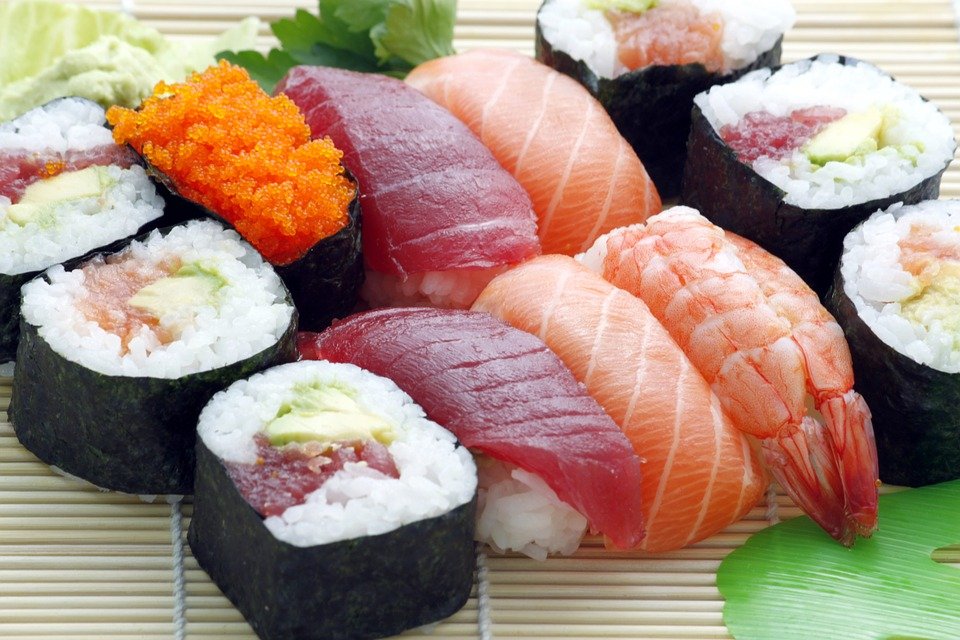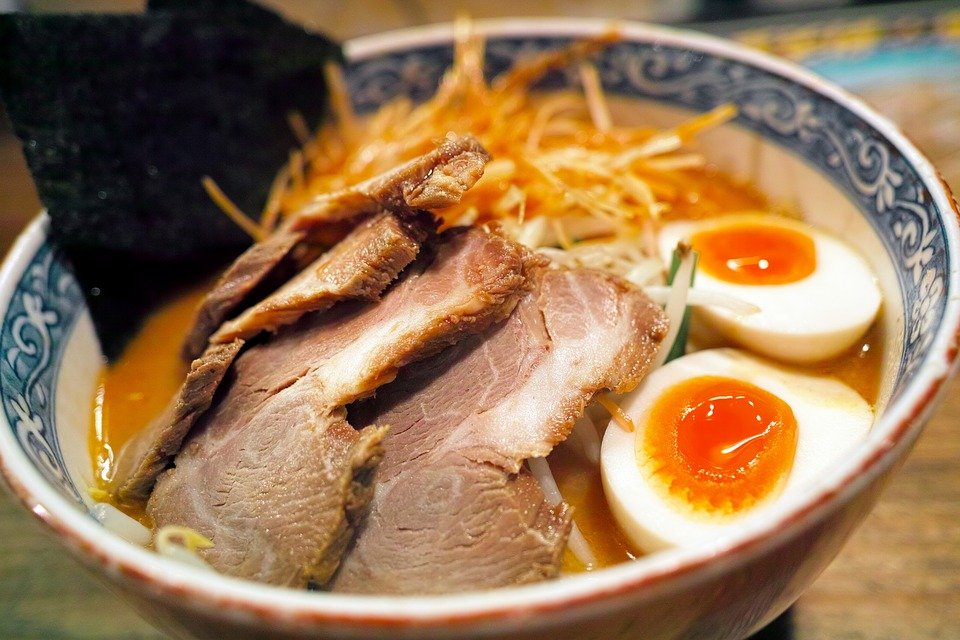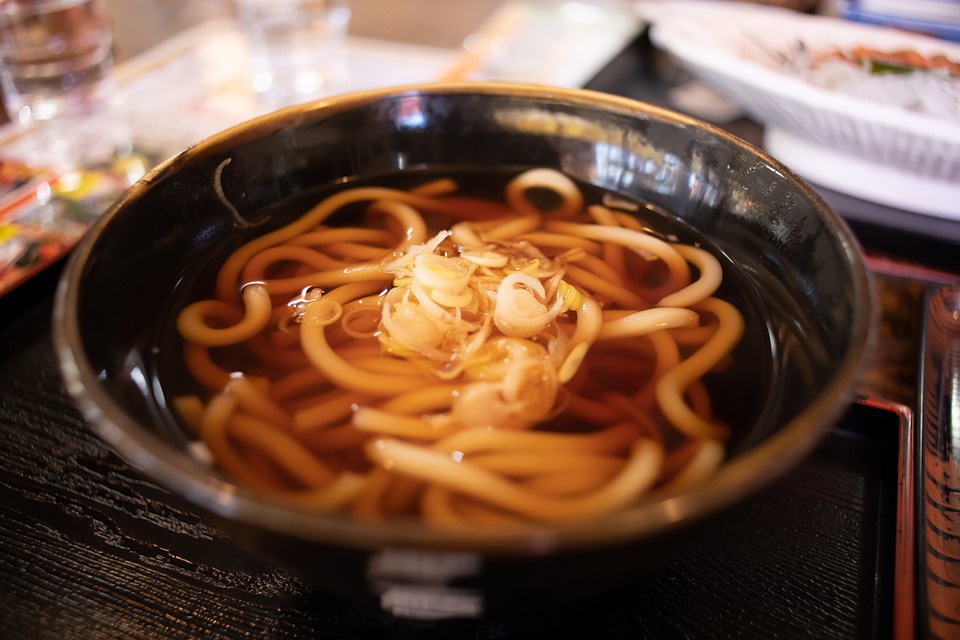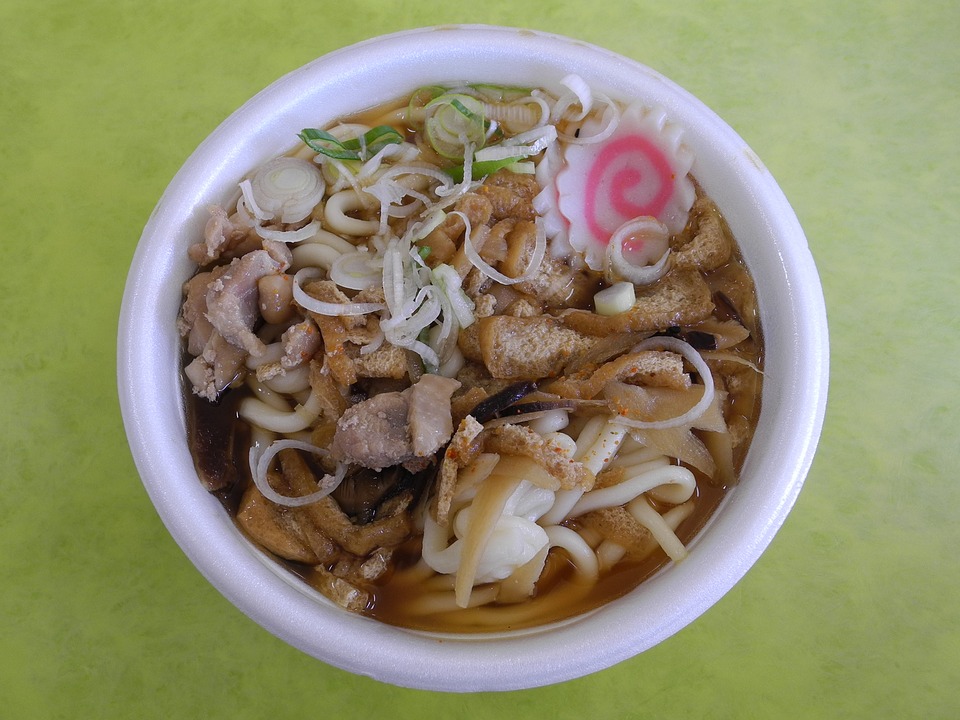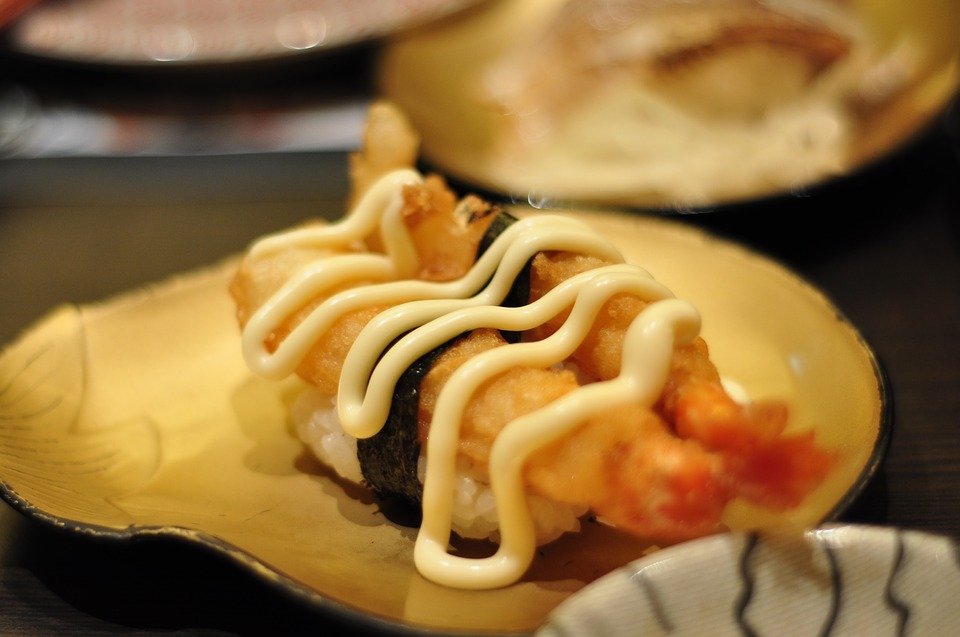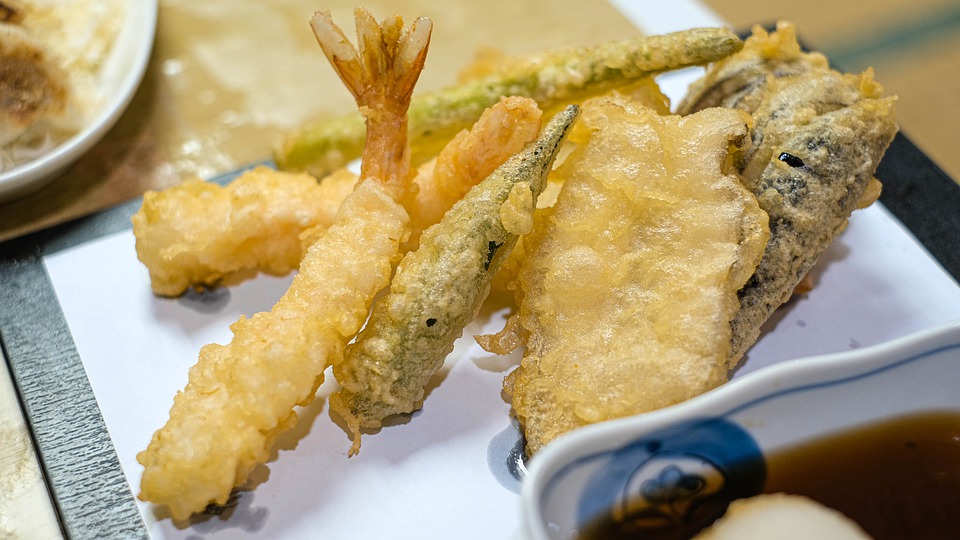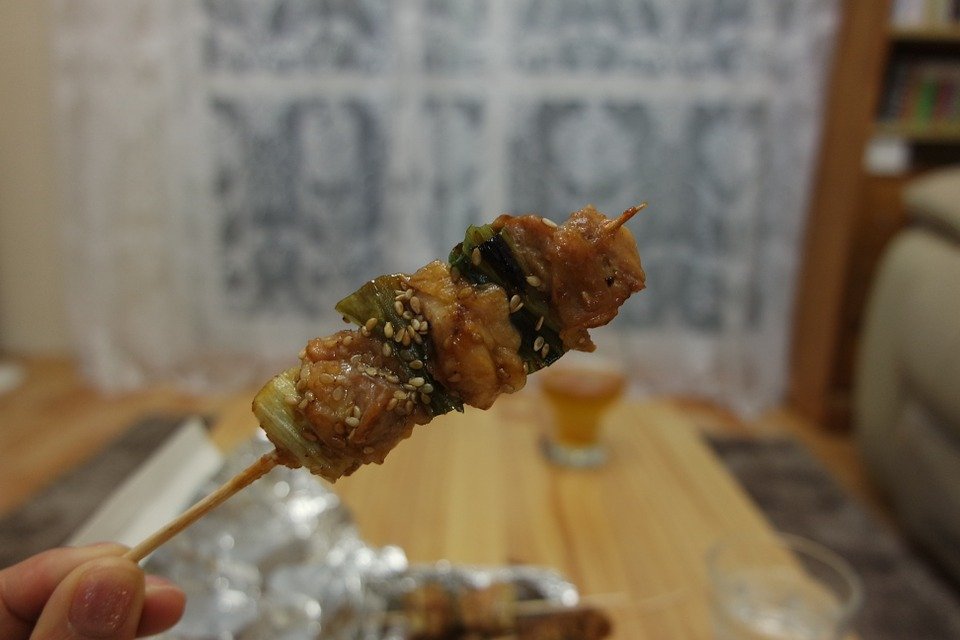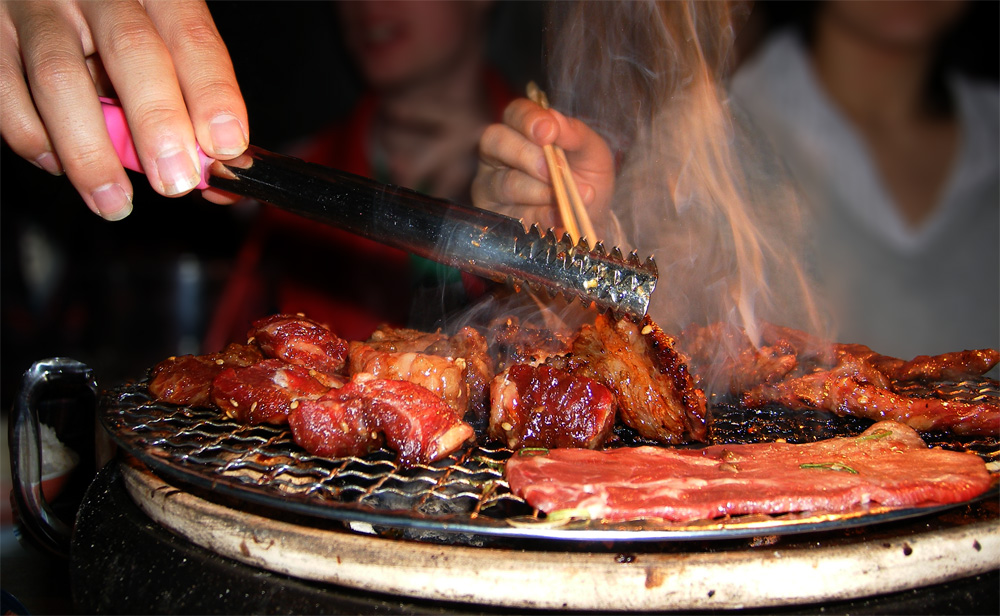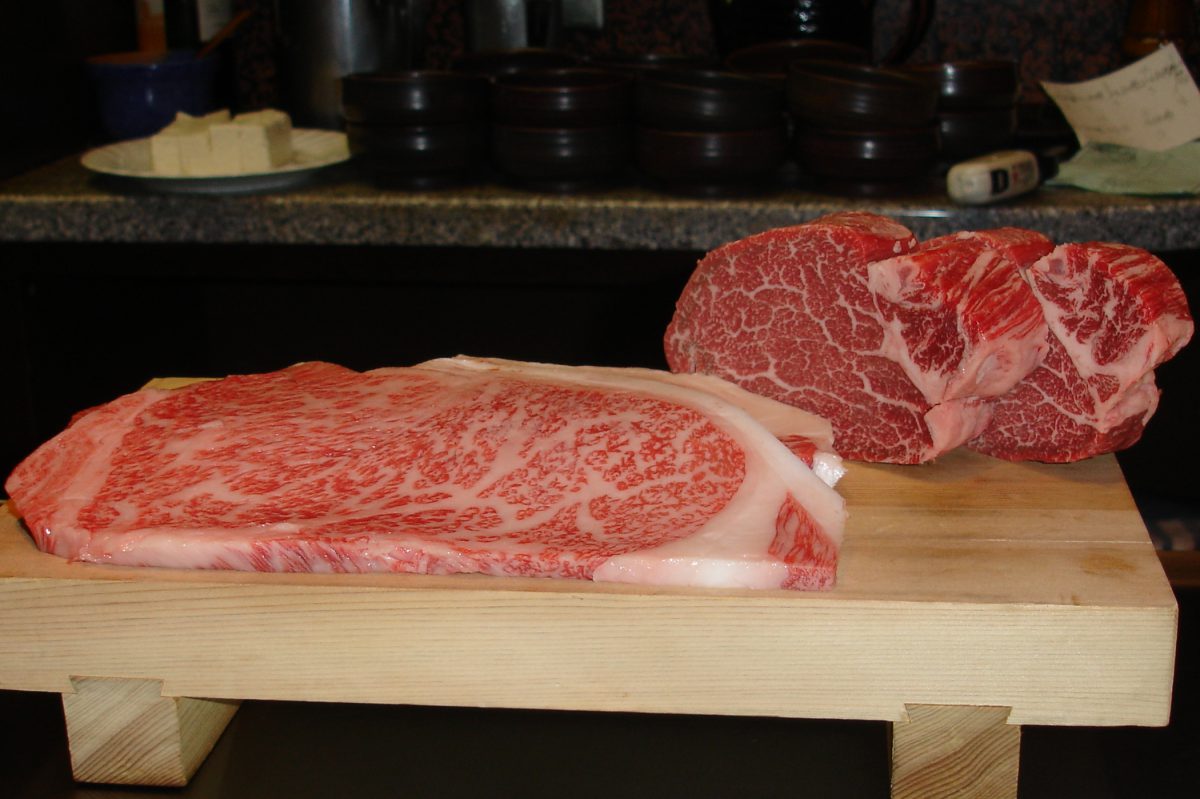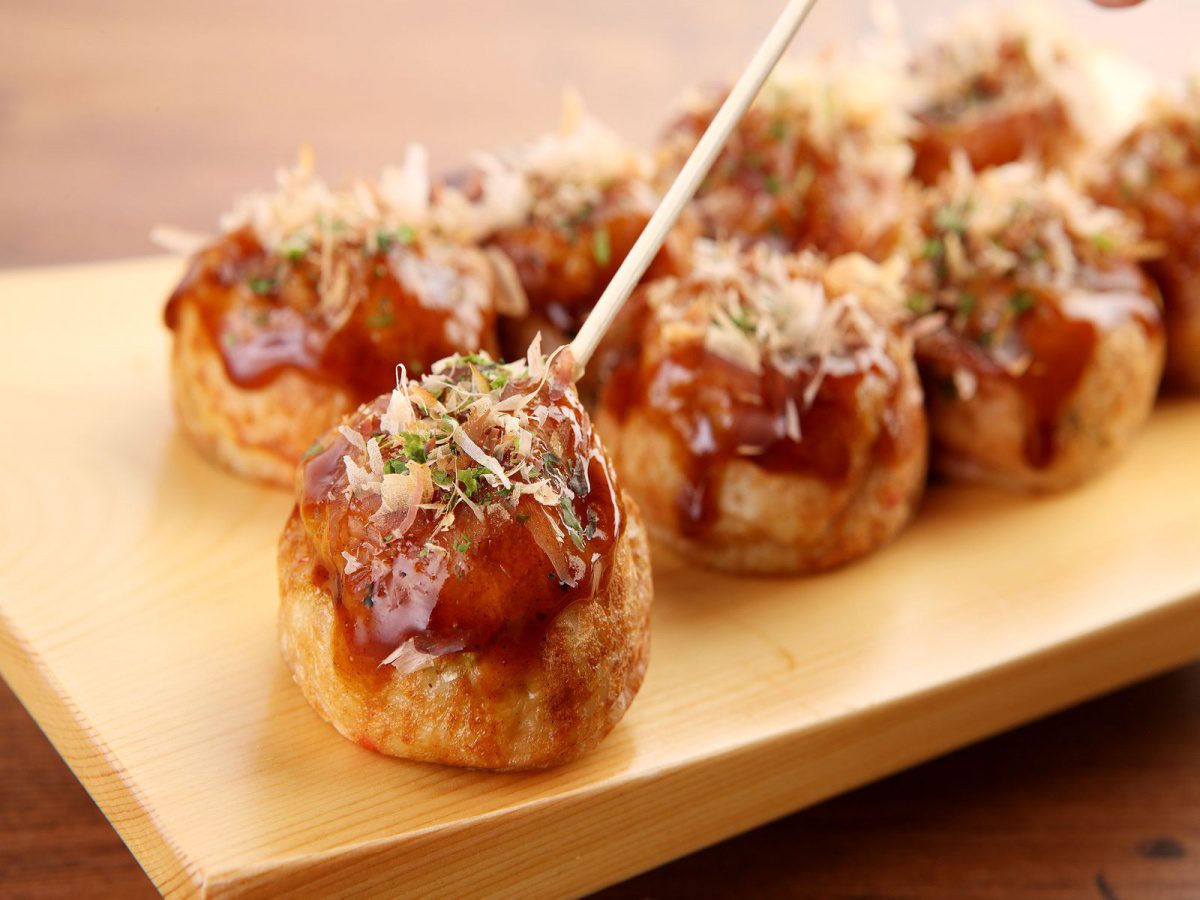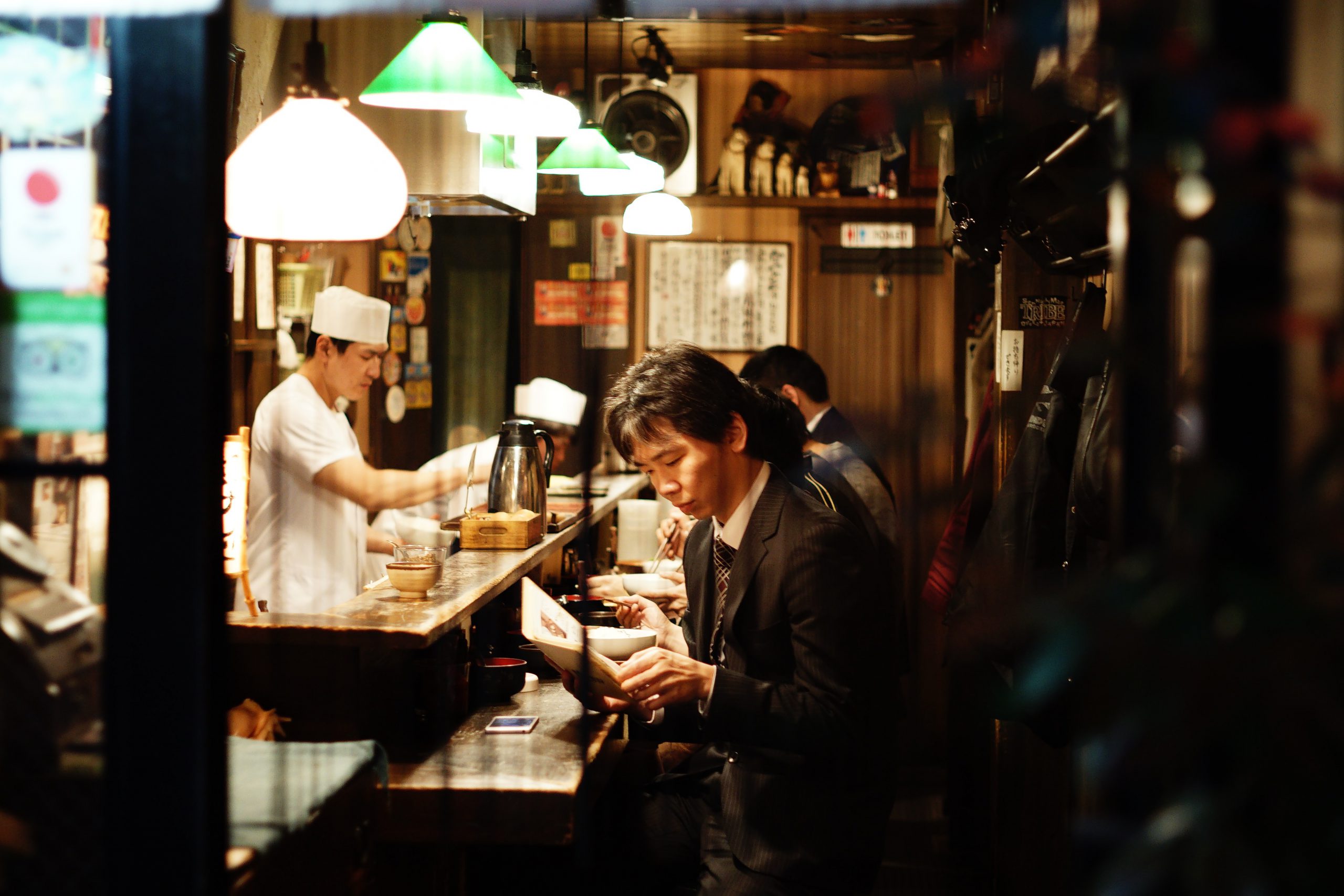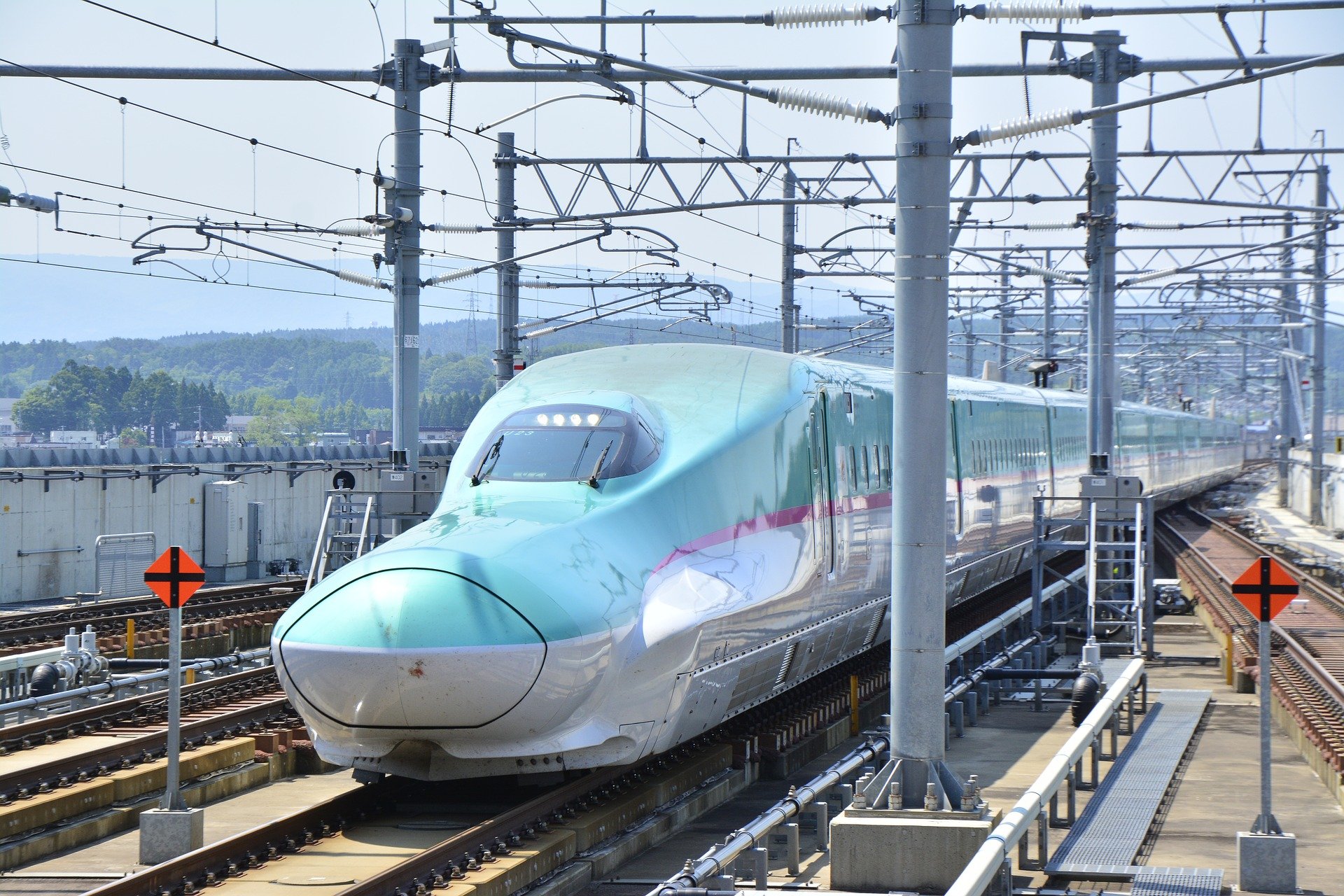Japan is a food culture if there ever was one. From sushi to ramen to snacks like Pocky, Japanese food is enjoyed all over the world. Tokyo also has one of the highest restaurant densities of any city on Earth, and the country has everything from Michelin-starred restaurants to street food. With such a food-centric cultural identity, one of the best ways to get to know Japan is through trying new foods.
If you’re new to Japanese cuisine, don’t worry – we’ll go through the basics. These are the essential Japanese foods to try on your visit, most of which can be found in any Japanese city. If you want to get really in-depth, consider taking a Japanese cooking class or going on a food tour.
Sushi
If there’s one food people associate with Japan, it’s sushi. There are many different types of sushi, and while most involve sashimi, or raw fish, some, such as inari sushi, do not. American tourists may be used to maki, or rolls, but the most common in Japan is nigiri, which is sashimi paired with rice. While the quality of the fish is important, it’s the rice that makes great sushi.
There are thousands of sushi restaurants in Japan, for all different budgets. One great option for newbies is a kaiten restaurant, where small plates go by on a conveyor belt, allowing you to grab the ones you want without having to know what they are. There Tsukiji Market in Tokyo is a great place to find moderately-priced sushi. And if you’re ready to try the best, consider one of Tokyo’s high-end sushi spots.
Sushi-making is an art form, and the best chefs train for decades to get it right. If you’re interested in learning the basics, there are sushi-making experiences where you can learn from a real chef how to make sushi by hand, so you can wow your friends back home.
Ramen
Your first interaction with ramen noodles was likely in the form of instant ramen, one of the cheapest items at any supermarket. There’s plenty of that in Japan, but ramen can be so much more. The heart of ramen is its dashi, or broth, made from a base of fish, miso, or pork, at varying levels of saltiness and spiciness. Added to the broth, along with the noodles, you’ll often find egg, seaweed, pork, bean sprouts, and other elements.
Another way to enjoy ramen is tsukemen style. This is where you get the noodles and broth separately, and dunk your noodles into the broth. Great for a hot day, or for those who like more control over their flavors, this is an authentically Japanese way of enjoying ramen.
Many ramen restaurants don’t operate like eateries you’re used to. Instead of ordering at the counter, you have to go to a vending machine and pay there. Then you take your ticket and find a seat, and the chef will serve you based on your ticket, without any employee handling money. Ramen is everywhere in Japan, most of it quite reasonably-priced, and since you can customize it with whatever ingredients and toppings you enjoy, it’s a great food to learn to make yourself while you’re here.
Soba and Udon
Ramen is not the only type of noodle enjoyed in Japan. There are many others, but the two you’re most likely to see are soba and udon.
Soba, or buckwheat noodles, are thinner and great for mopping up thick, strong sauces. They can be enjoyed cold or hot, tsukemen-style or in a broth.
Usually soba means buckwheat noodles but Yakisoba means Chinese noodles which is a popular street food where the noodles are combined with meat and cabbage and cooked right in front of you. Okonomiyaki is a big, flat egg pancake filled with soba, cabbage, and meat, and covered with a tangy sauce, though the exact method of preparation varies by region. If you’re out drinking late at night, you’re bound to try some yakisoba or okonomiyaki at some point.

Soba 
Yakisoba
Udon are thicker noodles made from wheat flour. They can be eaten dry, but are often served with kakejiru, a simple broth made with soy sauce. Tempura, green onions, and deep-fried tofu are among the toppings that can be enjoyed with udon. The range of subtle flavors on display makes udon the perfect food to try in a cooking class, where you can learn the art of making the soft, delicious noodles.
Tempura
Tempura, quite simply, is something battered and deep-fried. We say “something” because there’s no end to the varieties of tempura out there. You can find shrimp tempura, vegetable tempura, pumpkin tempura – the list goes on. You may get small amounts of tempura with a meal of sushi or udon, but there are also restaurants that focus exclusively this tasty treat.
Karaage
The Japanese version of fried chicken, karaage is usually breaded, boneless, and incredibly juicy. You’ll often be served a piping hot plate of chicken (be careful – it is sometimes brought out extremely hot!) along with a lemon wedge and salt so you can customize the taste. You’re likely to find some at any izakaya, or bar, you happen to be in. Fried chicken sells itself, so this is one just about anyone can enjoy. Traditional Japanese bars have their own style, but one thing most have in common is great karaage.
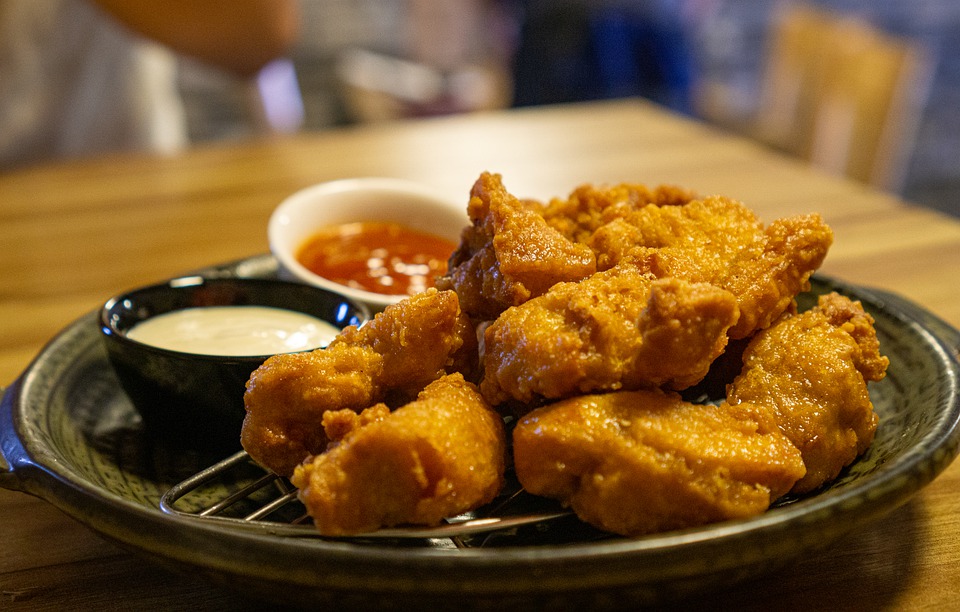
Yakitori and Yakiniku
Carnivores will want to try two of the most popular methods for serving meat, yakitori and yakiniku. Yakitori involves small skewers of grilled meat, and is a common street food. Because each skewer is so small, yakitori is ideal for a night out when you just want to sample a little bit. Though the name implies chicken (“tori” means “bird), yakitori can be found in many varieties, and sometimes it’s best not to ask which part of the animal your favorite skewer came from!
Yakiniku is similar to Korean barbecue. You’ll have a grill at the center of your table, and can enjoy different cuts of meat that you cook yourself, along with a variety of sauces to try with them. Some yakiniku restaurants have a menu of meats at different price points, while others are all-you-can-eat.
Another “cook it yourself” favorite is shabu-shabu, or “swish-swish,” which involves a hotpot of water or broth in which you can cook meat, tofu, and lots of vegetables. It’s great fun to gather around the table and swish your ingredients about as you watch them cook. You’ll see a lot of hotpots at izakayas in Japan – often these are for sukiyaki, which is where all the ingredients are mixed together; the term shabu-shabu usually implies more control, with the food being cooked one piece at a time.
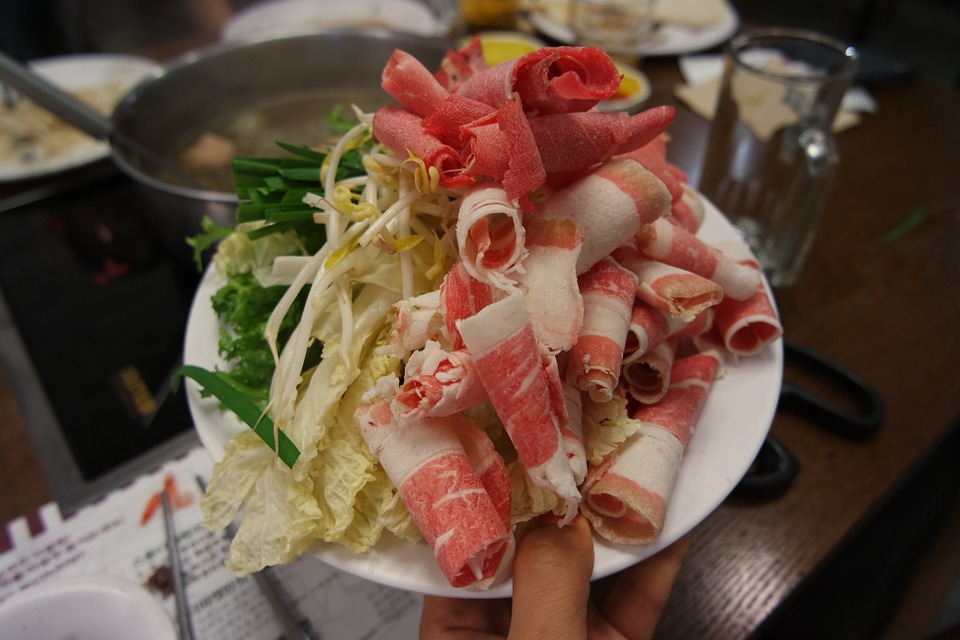
Kobe Beef and Wagyu Beef
Foreigners sometimes get confused by the difference between wagyu beef and Kobe beef, because in other countries, these terms are sometimes thrown around without meaning. Wagyu refers to a specific variety of beef cattle known for its fat content. Kobe beef comes from wagyu cattle raised to specific standards set by the Kobe Beef Marketing and Distribution Promotion Association, and is unrivaled for its tenderness and marbling. There’s plenty to be found in Kobe, but high-end restaurants all over Japan offer Kobe beef.
An easy way to remember it is this: all Kobe beef is Wagyu, but not all Wagyu is Kobe. You can find both in the form of steak, yakiniku, and teppanyaki, grilled by a chef on a flat-top hibachi. They are both more expensive than regular beef, and the highest-rated cuts of Kobe beef will set you back quite a bit, but after one bite, you will absolutely understand why. You can’t always trust something called “Kobe beef” in America due to the lack of official standards, but in Japan, the name is meaningful. Once you try it, you won’t soon forget it.
Street Food & Cheap Eats
We simply can’t cover all the delicious food found in Japan, and you likely won’t be able to try all of it in one trip. But one thing to remember is that you shouldn’t just stick to fine dining. Here are just a few of the less-expensive meals to seek out in Japan:
- Curry: Japanese curry is dark-colored and often served with katsu, or fried meat. On a winter day, there’s nothing more satisfying.
- Beef bowls: You may be familiar with the Yoshinoya chain. Japan has a multitude of cheap places to try a simple bowl of meat, rice, and onions.
- Onigiri: Often found in convenience stores, onigiri is seaweed-wrapped rice with a filling. Popular versions include beef, salmon, pickled plum, and tuna & mayo.
- Takoyaki: While walking down the streets of Shinsaibashi in Osaka, you’ll see little stands where purveyors serve up what look like hush puppies or donuts. They’re actually takoyaki, or octopus balls. Don’t be scared – the filling and sauce work together to create an incredible flavor that’ll help you get over your first time trying octopus.
- Unagi: Freshwater eel is served at sushi restaurants, but is also available with rice and sauce at specialty shops. The Narita area of Tokyo is particularly known for this delicacy.
- Konbini: Japanese convenience stores, or konbini, are special. Unlike their counterparts in other countries, they’re home to great prepared lunches, or bento, as well as delicious fried chicken and an assortment of snacks, and the different chains all have unique qualities. Don’t miss an opportunity to try some Japanese candy, chips, and chicken from the konbini!
Japan Wonder Travel Tours
Japan Wonder Travel is a travel agency offering guided tours in Japan.
From private walking tours to delicious Food and Drink tours, we will organize the best tours for you!
If you want to explore around Japan to learn more histories and backstories of the area, our knowledgeable and friendly guide will happily take you to the best spots!
Also, we can provide you with any assistance for your upcoming trip in Japan, so please feel free to contact us if you have any questions/need some help!
- Tokyo Fish Market Tour @Tsukiji – Enjoy Local Food and Drink
- Tokyo 1–Day Highlights Private Walking Tour (8 Hours)
- Osaka Food and Drink Tour – Kuromon Market and Dotonbori Area ( > Contact us)
Follow us on Instagram, Facebook and Twitter for more travel inspiration. Or tag us to get featured!
Happy travelling!
Stay informed of the best travel tips to Japan, the most exciting things to do and see, and the top experiences to have with the Japan Wonder Travel Newsletter. Every week we will introduce you to our latest content.
Other articles you might like



Gregg Maxwell Parker is an author and screenwriter best known for the book Troublemakers. Originally from the United States, he moved to Kobe in 2018. Gregg and his wife, Eriko, are the minds behind the blog As Seen In Japan, where they share pictures and stories from everyday Japanese life. They can be found on Twitter and Instagram.
